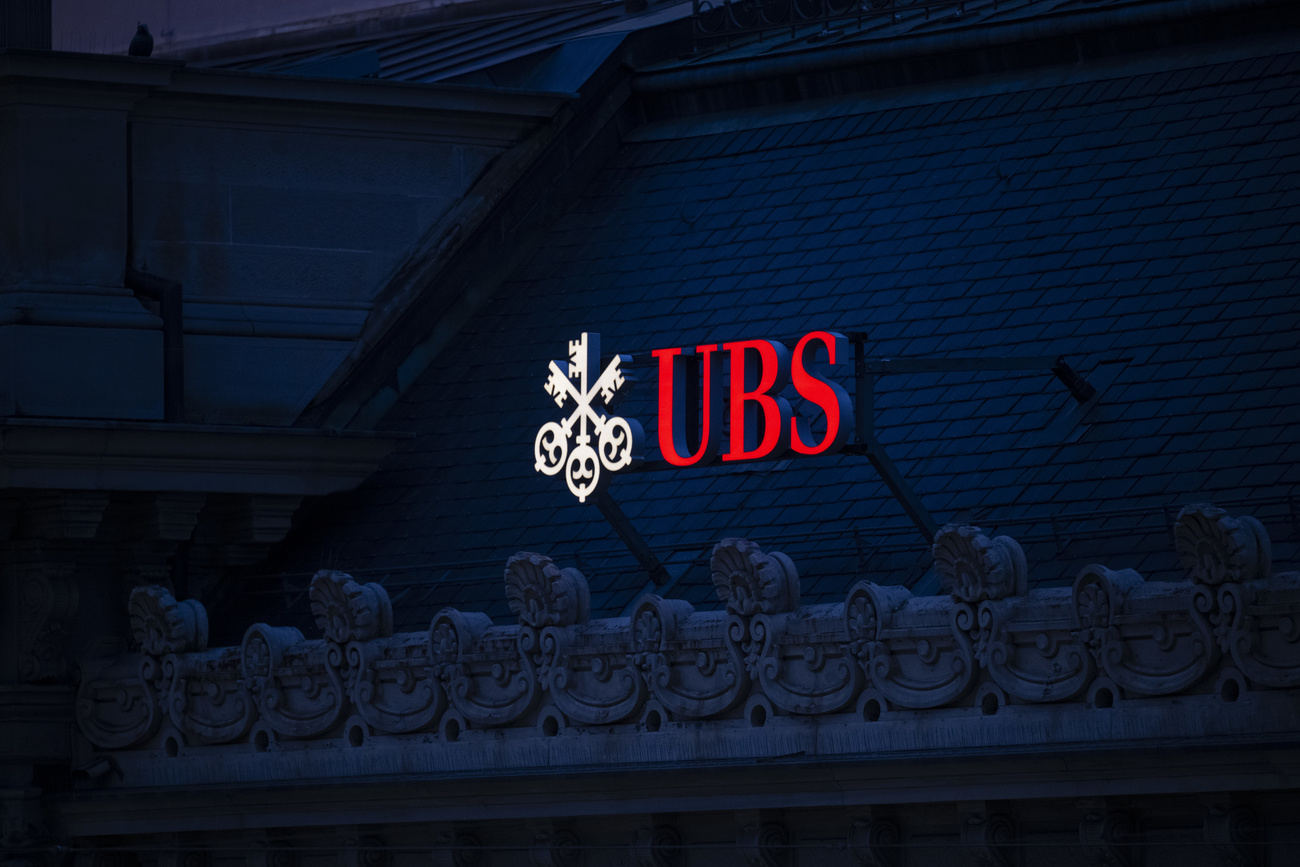Photographer captures Switzerland-by-the-Sea

A sandy shore next to the water’s edge framed by mountains – during this summer’s heatwave this idyllic spot has given many Swiss a taste of the delights of a tropical beach.
But Bourget Park is many kilometres from the sea and even further from the tropics, being situated in the Lausanne suburb of Vidy.
Luc Chessex is a leading Swiss photographer who has known the lakeside park since his childhood in the 1950s.
After a career that has included assignments in Latin America, Africa and South-East Asia, he returned to his roots to make a photographic portrait of his increasingly multicultural home city.
The result is now on display in Lausanne’s Espace Arlaud – a series of colour photographs of people taking a weekend break not far from the bustle of the city centre.
Unique atmosphere
Perhaps no Swiss photographer is better qualified than Chessex to capture the unique atmosphere of this area of several square kilometres next to Lake Geneva.
He left Switzerland in 1961 to witness – and photograph – events during the Cuban revolution. Later he travelled extensively in South America and went on to work as a photographer for the International Committee of the Red Cross in Asia and southern Africa.
During his absence, Vidy was itself going through a revolution – in recreational activities.
“In my youth,” he told swissinfo, “the people of Lausanne had much less of an open-air mentality than they do today. Barbecues were rare and usually took place in private gardens.
Few inhabitants went to our local beach and even fewer would swim in the lake. Today it’s totally different.”
Arrival of immigrants
The change in attitudes came with the arrival over the past decade of immigrants from the southern hemisphere.
“They needed somewhere to spend summer weekends in the open air, a place to cook meat or fish over a barbecue, make music and play ball games,” said Chessex.
Vidy, which Chessex describes as a miniature Amazonian forest, provided the answer.
More of Lausanne’s native population soon became aware of this recreational treasure on their doorstep, and joined the newcomers to share its delights.
“About half the visitors to Bourget Park are Swiss, and often mix freely with the immigrants. The atmosphere is very cool,” said Chessex.
His photographs include group pictures of families and friends at play, cooking, beaming at the camera and generally having a good time. They all look happy and relaxed.
“Thanks to my years in Latin America I am fluent in Spanish and Portuguese,” says Chessex, “and this helped me communicate with many of my subjects. My professional work in Africa and Asia was also a help.”
The exhibition at the Espace Arlaud is accompanied by a book entitled “Vidy et ailleurs…”, Vidy and elsewhere…, with Chessex’s photographs and a text in French by Janine Massard.
It ends on September 28.
swissinfo, Richard Dawson in Lausanne
Born in Lausanne, Luc Chessex left Switzerland in 1961 to live and work in Cuba.
He returned to Switzerland in 1975 and later worked on assignment in South America, Africa and South-East Asia.
Chessex found the Vidy beach much changed since his childhood thanks to the influence of Lausanne’s immigrant population.
The changes included a new “open-air” mentality which attracts visitors of many nationalities – including Swiss – to the beach at weekends.
Chessex’s photographs at the Espace Arlaud exhibition include group pictures of families and friends.

In compliance with the JTI standards
More: SWI swissinfo.ch certified by the Journalism Trust Initiative










You can find an overview of ongoing debates with our journalists here . Please join us!
If you want to start a conversation about a topic raised in this article or want to report factual errors, email us at english@swissinfo.ch.